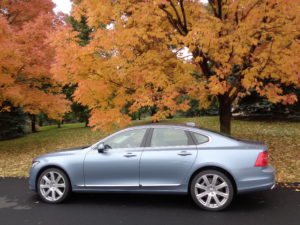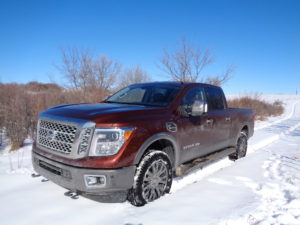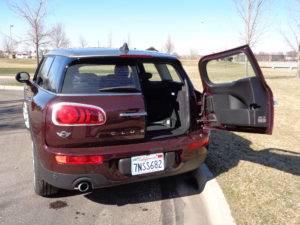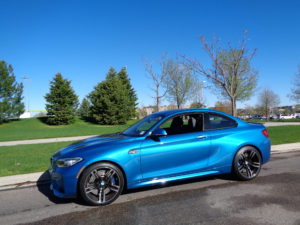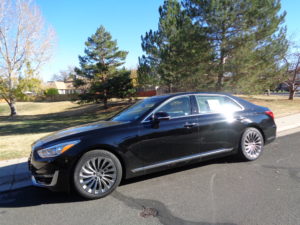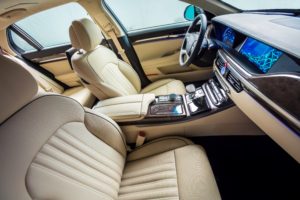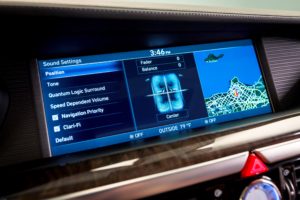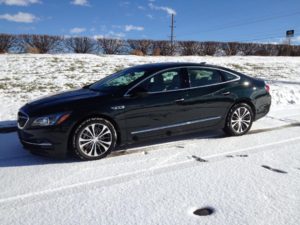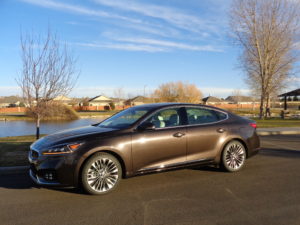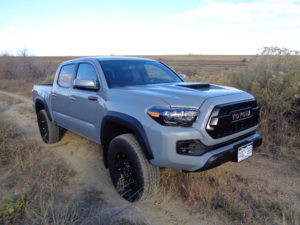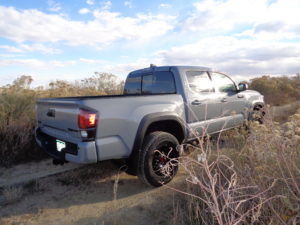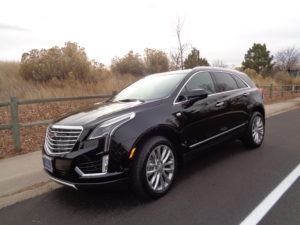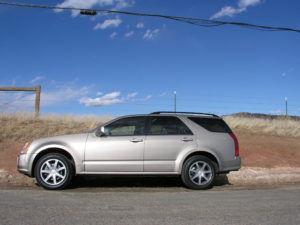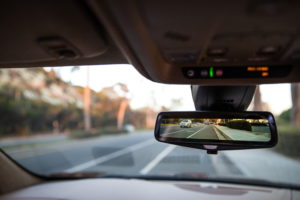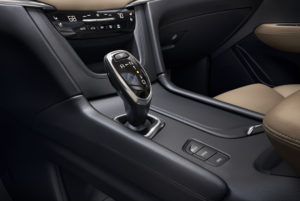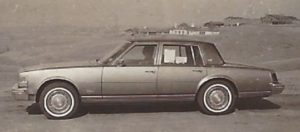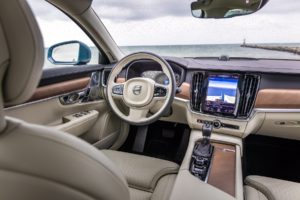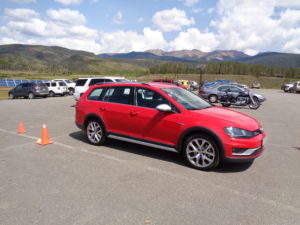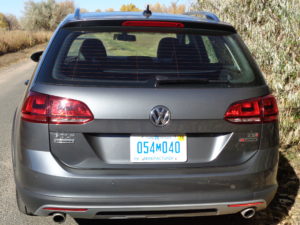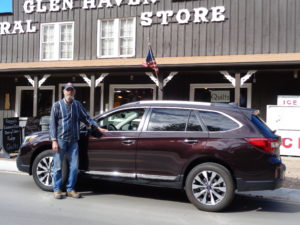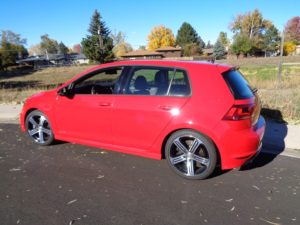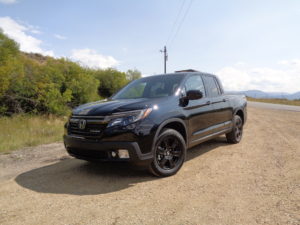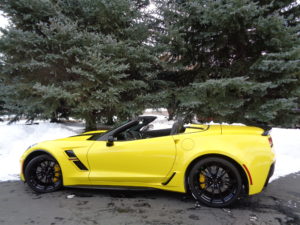
“Merry Christmas!,” I shouted the morning of Christmas Eve from the bolstered, low-slung seat of the 2017 Chevy Corvette Grand Sport convertible, finished in Corvette racing yellow.
I’ve made these annual holiday greetings to readers for many years, from inside sport utes, sedans (some with all-wheel drive) and coupes – never, though, from a Vette.
This one, the new Grand Sport edition, boasts unbelievable grip, on dry pavement.
On our snow, though? Well, I drove out of my neighborhood’s icy streets, somewhat carefully, in 2nd gear.
While the Corvette, a rear-drive icon, isn’t a snow-buster, I’d accept opportunity to pilot one under absolutely any weather conditions.
The 2017 review model brought my way is only the fourth Grand Sport edition in more than 50 years. In 1963, five Grand Sport race cars were built under direction of Corvette’s first chief engineer, Zora Arkus-Duntov. That program was canceled and not another showed up until 1996; the third Grand Sport arrived in 2010, an LS3-equipped Z06 with a steel frame instead of aluminum.
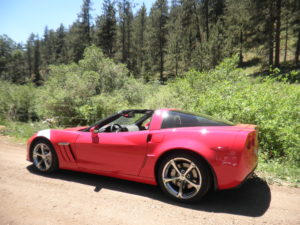
I drove one of the ’10 GS’s into Rist Canyon, west of Fort Collins, an area filled with tight curves, ascents and descents in which I had tested a Porsche Carrera and Chrysler 300 SRT8 earlier. The Vette GS, in 3rd and 4th gears and responding to the terrain with constant downshifts and accelerations, beat both for flat cornering.
The 2017 Corvette Grand Sport showed up with a 7-speed manual transmission control for a 460-horsepower/465 lb.-ft. torque, 6.2-liter V-8 engine with direct injection and cylinder deactivation.
Sport-tuned suspension and magnetic ride control, in which the shock absorbers react to the road and adjust much faster than regular absorbers, are a highlight of the Grand Sport performance package. It also includes slotted brake rotors, electronic limited-slip differential, rear differential cooler.
Its GS black aluminum wheels are lined with Michelin Pilot Super Sport P285/30ZR19 front and P335/25ZR20 rear summer performance tires. Contrasting the yellow exterior finish is a satin black hood stinger stripe. The convertible top is also black.
Inside, the snug-fitting seats, dash and console are black. Push a button and the electronic drop-top lowers automatically; no latch to release. Weather is among five selectable drive modes, along with Tour, Sport, Eco and Track.
A $1,795 option, helping to push the Vette’s sticker price to $79,480, is a performance data recorder which logs video of your drives along with driving data on an SD memory card.
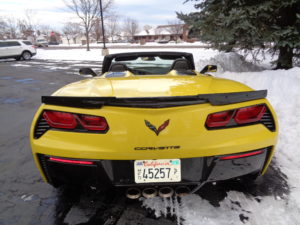
Among specs for the new Vette are wheelbase 106.7 inches; overall length 176.9; width 77.4; height 48.6; front track 62.5 inches and rear track 62.5; curb weight 3,487 pounds; cargo space 10 cubic feet. The Corvette is built at Bowling Green, Ky. Wide fenders are part of the GS style.
While 75 percent of Corvettes come equipped with an 8-speed automatic transmission, the 7-speed manual adds to driving capabilities. With the manual, the Vette will run 0 to 60 in 3.9 seconds.
“Most American males, at one time or another, have yearned for a Corvette,” onetime Denver megadealer Marshall Chesrown said to me as I sat in the office of his Chevrolet dealership almost 25 years ago. He was right on, and the yearning continues today.
The first Corvette came off the assembly line more than 60 years ago, in late June 1953, unveiled by famed GM designer Harley Earl. It was a white convertible with a Blue-Flame 235-cubic-inch 6-cylinder engine with three carburetors and a Powerglide 2-speed automatic transmission. Due to the late start for a ’53 model, only 300 were built.
The following year, after production was moved from Flint, Mich., to St. Louis, only 3,600 ‘54s were built, and many sat unsold on dealer lots by year’s end. For all its racy looks, the Vette had little under the hood; that changed when a V-8 was installed in 1955 and Chevrolet was on its way to creating an iconic sports car for America.
